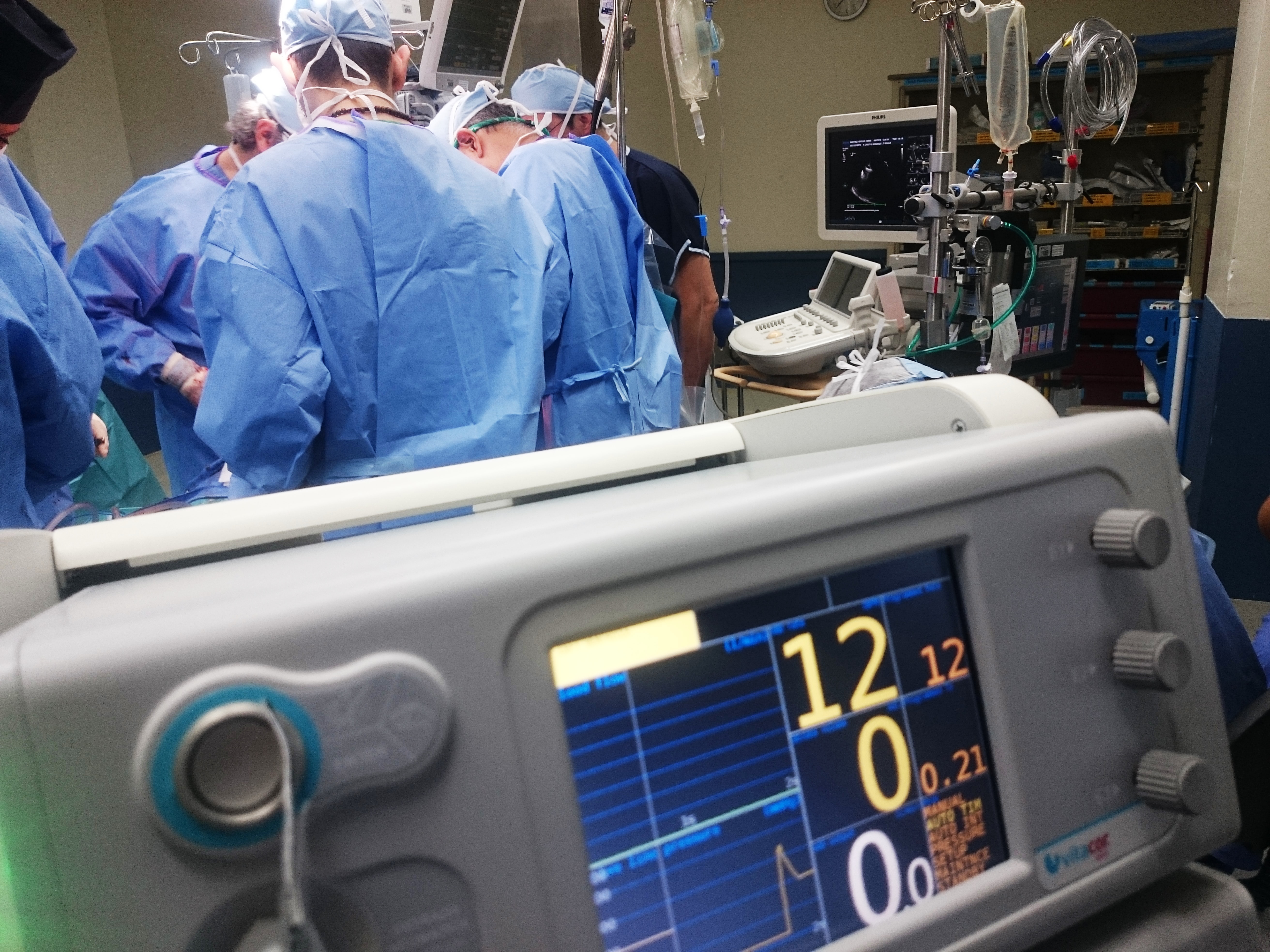Why It Matters

Photo by Natanael Melchor | Unsplash
Leading up to surgery, it’s common to list risks the patient faces. It’s been far less common to proactively address those risks, and holistically optimize patient health, in advance of surgery. This latter approach is called “prehabilitation,” and it can reduce adverse events during a surgery, improve outcomes and recovery for patients, and increase patient and caregiver satisfaction. A Collaborative in Canada has been employing it to make large-scale improvements for surgical patients throughout British Columbia.
Geoff Schierbeck, RN, is a Portfolio Liaison for Doctors of BC, a voluntary association of 14,000 physicians, residents, and medical students that aims to raise the standard of patient care in the province. Schierbeck serves as the Collaborative Director for the Surgical Patient Optimization Collaborative (SPOC).
A Breakthrough Series Collaborative is a focused (6- to 18-month) improvement project that brings together teams seeking improvement in a focused topic area. In the Collaborative, teams come together regularly for Learning Sessions, which alternate with Action Periods, when participants put the learning into practice in their home organizations. “Collaboratives are one of the best ways, if not the best way, to effect large-scale change,” said Schierbeck.
In March of 2018, Schierbeck attended IHI’s Breakthrough Series (BTS) College, and it deeply informed his work on SPOC. The BTS College offered “a step-by-step approach: what to prepare for, who to recruit, what their roles are, development of a change package,” he said. Another crucial element was measurement. The training, he said, “made drinking from a firehose feel like it was drinking from a faucet.”
Learn to Spread Improvement:
Breakthrough Series College
Schierbeck put that learning into practice for SPOC, which began in May 2019. To prepare, he delved into the literature to determine the best ways to optimize patients’ health before surgery.
Based on the literature, he identified 13 areas of focus for improving the patient’s health before surgery: anemia, cardiac, glycemic control, frailty, mental health, nutrition, pain management, physical activity, sleep apnea, smoking cessation, social supports, substance use, and VTE prophylaxis. Participating teams were instructed to pick anywhere between two and five of these components to start with. “They were empowered to pick their own components based on their population and resources,” said Schierbeck.
At the outset, the Collaborative set an aim that “75 percent of screened elective surgery patients who require optimization of one or more of the components, will receive appropriate optimization by May 2021.” There were 14 teams, with representation from all of the province’s health authorities. “It was geared as a provincial strategy so we’re not leaving anybody out,” said Schierbeck. Their Collaborative team has six members: in addition to Schierbeck, it comprises a project coordinator/nurse navigator, a general surgical and clinical co-lead, an anesthesiologist and clinical co-lead, a data collector, and an administrative support person.
They encountered challenges along the way, especially related to the COVID-19 pandemic. The need to meet virtually made it more difficult to maintain energy and enthusiasm during the Learning Sessions. To keep it fun, Schierbeck and his colleagues incorporated a “Star Trek” theme, playing off the “SPOC” name.
Despite the challenges, they not only met but exceeded their aim: 96 percent of screened elective surgery patients who required optimization received appropriate optimization. By the end of the first cohort, the number of patients screened was 5,212; the number of patients requiring prehab was 4,166; and the number of patients who were prehabilitated was 3,977.
Feedback from patients has been overwhelmingly positive. An impressive 86 percent answered in the affirmative to the question, “Has your overall health improved as a result of the information and care provided by your surgical preoperative team?” In addition, 91 percent said yes to the question, “Was your surgical experience improved as a result of the information/care provided by your surgical preoperative optimization team?” Providers also expressed satisfaction, with 94 percent reporting an improved experience.
One patient, Charlene, underwent hip replacement surgery in May 2021. When the surgery was first scheduled, she received a phone call from a nurse navigator explaining prehabilitation and offering to provide her with resources and to be available to answer any questions. Charlene focused on movement and improving her diet. She realized, “I could do something to be a part of my outcome. I felt like part of the team.” The monthly calls from the nurse navigator kept her anxiety down. “I felt encouraged to take care of myself,” she said. Ultimately, “I just went into my surgery so relaxed.”
To other organizations considering prehabilitation, Schierbeck said, “You may not be able to optimize every single patient, but each patient you optimize does benefit from it.” He advised, “Figure out the best way to support the patients that you can, then celebrate and move forward.”
“It is a very overwhelming thought to try to do large-scale change,” Schierbeck continued. “[The BTS College] taught an improvement model in a very tangible and systematic way. Without that breakdown of the many processes that are involved, we definitely would not have been as successful.”
Perhaps the best tribute comes from the patients. As Charlene put it, “I really hope this program is going to be available to all patients who have elective surgery.”
You may also be interested in:
Using the “5Rs for Rescue” to Reduce Post-Surgical Mortality
